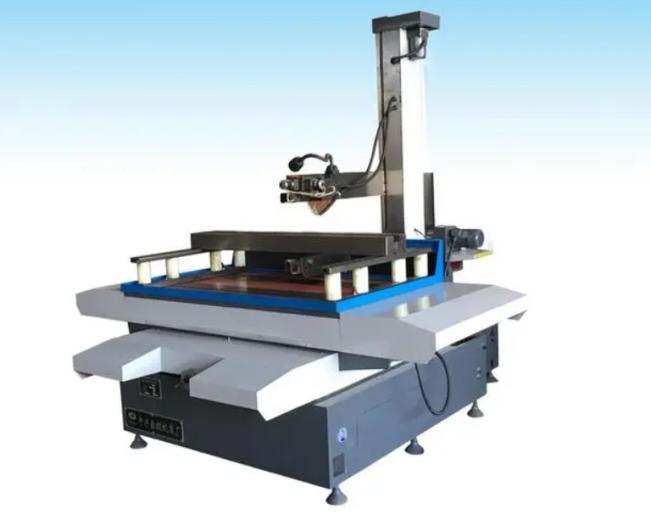Wire Electrical Discharge Machining (EDM) has several compelling advantages, making it a useful tool in a variety of manufacturing applications. Here is a detailed breakdown of its main benefits:
- Unmatched ability to cut intricate geometries: Unlike traditional machining methods, which are limited by tool geometry, Wire EDM uses a thin, flexible wire as the electrode, allowing it to navigate complex shapes, sharp corners, and even tiny features with incredible precision.
- Ideal for intricate profiles: This capability makes Wire EDM ideal for producing parts with complex profiles such as medical instruments, turbine blades, and aerospace components.
- Overcomes limitations of traditional machining: Wire EDM is particularly effective at machining hard and brittle materials that are difficult or impossible to cut using conventional methods. This is because the process does not use physical force, which eliminates the possibility of cracking or damaging the material.
- Suitable for diverse materials: Wire EDM is ideal for working with various materials, including hardened tool steels, titanium alloys, ceramics, and thin wires.
- Precise cuts with minimal tool wear: The thin wire electrode wears little during the cutting process, allowing for consistent and precise cuts throughout the production run.
- Tight tolerances achievable: As a result, Wire EDM is ideal for applications that require precise dimensions and tight tolerances, such as the production of mold and die components.
- Reduced risk of distortion and material property changes: Wire EDM, unlike traditional machining methods that generate heat, uses localized electrical discharges to minimize heat input into the workpiece. This reduces the risk of warping, distortion, and material property changes, all of which are critical for the final product's integrity.
- CNC (Computer Numerical Control) compatibility: Wire EDM machines are usually CNC-controlled, which allows for automated programming and precise control of the cutting path. This enables more efficient production runs and reduces the need for manual intervention.
In conclusion, Wire EDM provides a distinct combination of versatility, precision, and efficiency, making it an invaluable tool for a wide range of manufacturing applications. They differ significantly from traditional machining methods such as die-sinking EDM. Its ability to handle complex shapes, machine hard and fragile materials, and achieve tight tolerances distinguishes it as an important technology in modern manufacturing.

